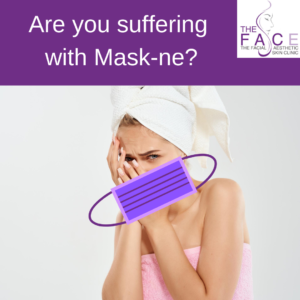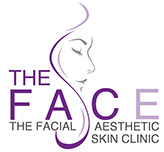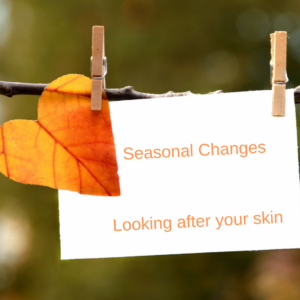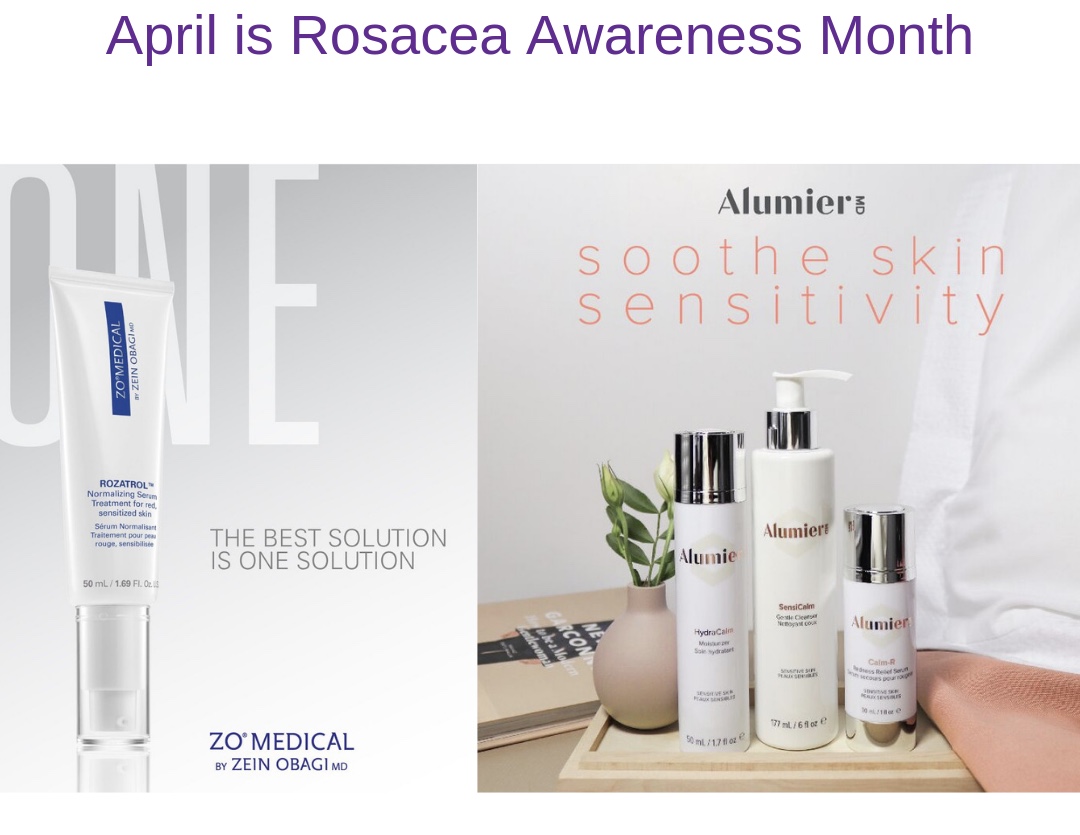
With the use of face masks and coverings becoming part of our daily life some clients have been asking how to deal with breakouts across the jawline and chin that have resulted from wearing one. Mask-ne (aka mask acne) is something we may have to live with until we no longer have a need to protect against the virus. That being said, understanding what is causing it and how to reduce it will make life more comfortable when you take that trip to the shops.
Blackheads, breakouts and increased oiliness are all signs of acne mechanica, a form of acne that results from heat and friction. If you’re already to prone to breakouts, then wearing a face mask will exacerbate the condition. However, those who don’t normally suffer with acne are experiencing these issues too.
Face masks and coverings are purposely meant to sit close to the skin to prevent any viral droplets from escaping. Trapping the breath increases the temperature and humidity close to the skin, increasing sweating and that mixed with friction can accelerate the skins oil and cell production. This can then lead to congestion and clogging of the skin, as well as providing an ideal environment for acne bacteria to grow.
So how do we prevent and treat mask-ne? The first and most important thing to do is make sure you are always wearing a clean mask. If you have a re-usable fabric mask then this must be washed at 60 degrees after each day and left to dry thoroughly, so make sure you have a couple spare for whilst the others are being washed and dried. If you have decided to use disposable masks, then please make sure that you are only wearing it once and dispose of it safely. Keeping your mask clean is important for protecting against coronavirus, but other bacteria can survive in them too, so this is the first step in preventing mask-ne.
If you’re just heading to the shops, avoid wearing make-up on the area that the mask is going to cover. You could opt for our ZO Skin Health Smart Tone SPF 50 for a glowy tint instead. Salicylic acid is a great ingredient at keeping those breakouts at bay. It reduces clogging of your pores and kills acne bacteria so it would be worth investing in a cleanser such as the ZO Skin Health Exfoliating Cleanser which contains salicylic acid.
Keeping your skin hydrated using a light-weight moisturizer will help build your skins lipid barrier, in turn this will help regulate sebum (oiliness) and also reduce that irritation caused by friction of the mask. Spot treatments can help with breakouts that have already appeared, we love ZO Skin Health Correct + Conceal but it’s best to get your skincare therapists advice on what products would help you best.
Whilst signs of acne may be the focus of concern, masks may also cause redness, dryness or sensitive patches. In this instance your lipid barrier is compromised and we need to soothe that discomfort. AlumierMD Recovery Balm or ZO Skin Health Hydrating Crème are both focused on relieving irritation whilst helping replenish the skins natural moisture and aiding recovery. Opt for a gentle cleanser and a non-abrasive exfoliator such as AlumierMD Bright & Clear to keep skin clean whilst reducing irritation.
It may be a while before we can say goodbye to face masks, investing in your skin now will help you in the future. It is best to consult your skincare therapist first before buying any products as there may be other skin conditions that need to be considered. Book a skin consultation now on 01277 563635.



